How to Fix VPN is Blocked by the Router?
The Internet Service Providers (ISP) practice and organize their equipment for blockage of the VPN connections. And undoubtedly, there are obvious reasons why the VPN is blocked by the router. However, this is a common problem, and several reports have seen where the users are stating the issues with the routers blocking the VPN.
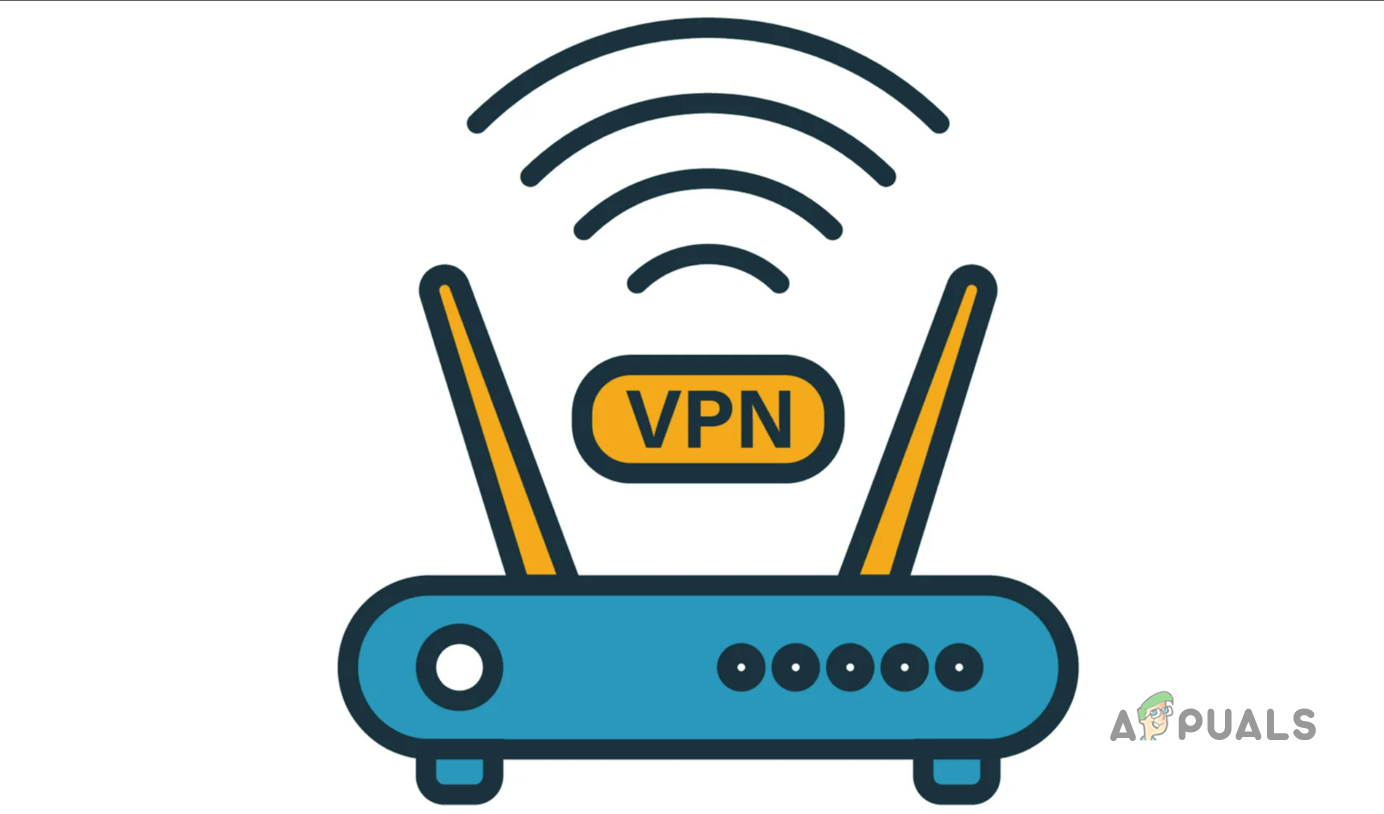
This is tricky, but luckily, there are ways to make your VPN undetectable by the ISP so that they can’t block it. We have shortlisted potential solutions to unblock the VPN connection when the router or the ISP is blocked. But before starting, let’s first put a quick glance at the list of the common causes responsible for the VPN is blocked by the router problem.
- VPN Server problem: There can be an issue in the particular server you are using as it might come under the blocked IP addresses list or the VPN is not legal in your country. So, changing the server might work for you to solve the problem.
- Incorrect Route Settings: If your router settings are not configured properly, it can conflict with the VPN and block the VPN service from running. Modifying the router settings for allowing VPN through the router firewall might work for you.
- Router Firewall Confliction: In many cases, the Windows Firewall on your system blocks the VPN service as a security measure, assuming it is a threat. In this situation, disabling the firewall might work for you.
- Wrong Installation of the VPN: If the VPN software on your computer is not installed correctly or is incompatible with the router, then the VPN gets blocked by the router. If this case is applicable, reinstalling the VPN might work.
- VPN License issue: Another common reason for VPN blockage is the license problems with online streaming platforms like Netflix, which can also evade restrictions that may result in causing the problem.
You are aware of the common factors responsible for the problem in question; it’s time to follow the potential solutions that worked for several users to unblock VPN services.
1. Change VPN server
Changing the VPN server worked for several users to unblock the VPN connection. So, check if the in case your VPN comes users the blocked IP addresses or if it is not legal in your country, then this may result in causing the issues. In this situation, changing the VPN server and trying the different locations are recommended until the VPN gets unblocked. To change the server of the VPN, follows the steps given:
- Launch the VPN application on your device and click on the Location option.
- Now switch to different geo-locations and try connecting.
- Access the VPN connection and check if the issue is resolved or not.
2. Use the Stealth VPN Function
The Stealth VPN feature is now available in mostly all VPN software and can be the solution for this issue as this can disguise VPN traffic as regular web traffic, and your router will not be able to track that you are using a VPN service. So, give it a try and check if it helps you to solve the VPN is blocked by the router issue.
3. Change your VPN Protocol
Standard VPN protocols like (Point-to-Point Tunneling) PPTP or SSTP gets easily blocked by the router. So, it is recommended to switch between the available VPN protocols till you find the one that works for you.
As per the reports, it is seen that switching to the OpenVPN universal protocol works for many users. This is an updated protocol, and therefore, it is hard to get blocked by the ISPs.
To change the protocol, follow the steps:
- Launch the VPN and click on the Settings option.
- Now click on the Connection Settings option.
- Then click on the VPN protocol option and choose the preferred protocol.
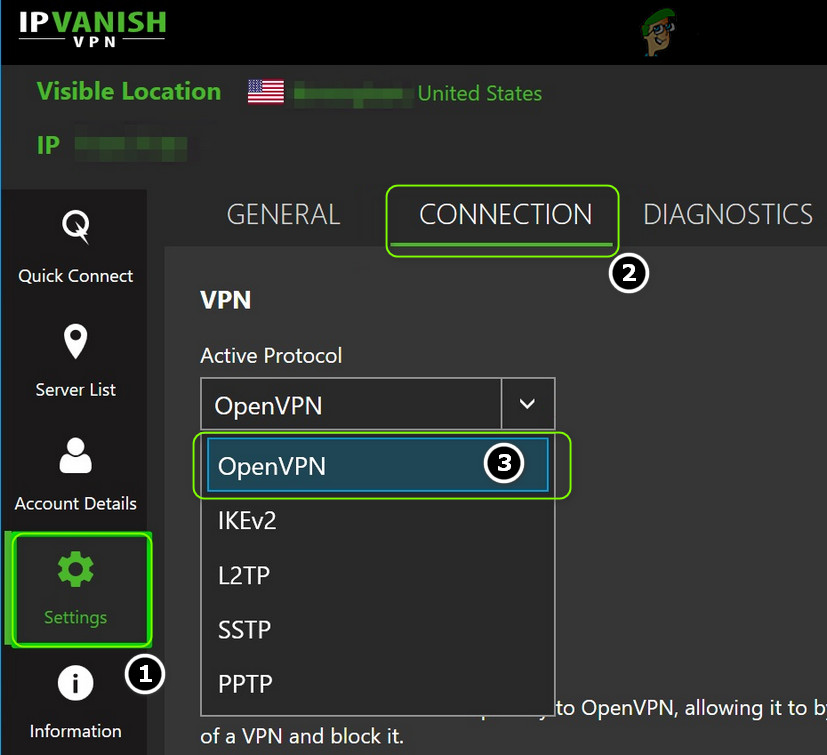
Set the Connection Protocol of IPVanish to OpenVPN
- Now save the changes, connect the VPN, and check if the issue is resolved.
4. Change your Router DNS Settings
In many cases, the router’s DNS settings are likely to cause conflict and cause various troubles like the one in question. Therefore, changing or resetting your router’s DNS settings is recommended, allowing you to unblock the VPN.
To reset the DNS settings of your router, follow the steps given:
- Press the Windows + R key to open the Run
- Now type ncpa.cpl in the Run dialog box and press Ok.

Run this in the Run dialog box - Then right-click on the name of your internet connection and click on the properties option.
- And double-click on the IPV4 option.
- In the ‘Preferred DNS Server; choice, enter the worth ‘8.8.8.8’, and in the ‘Alternate DNS Server,’ enter ‘8.8.4.4‘. Presently press ‘Ok.’
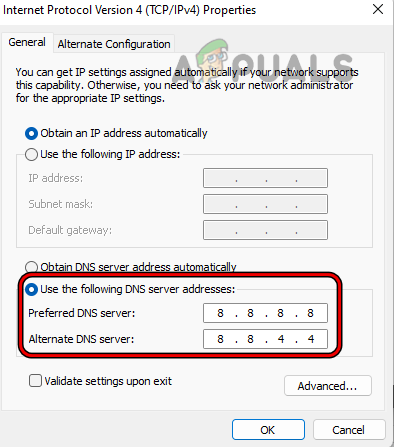
- Now check if the VPN is blocked by the router issue is resolved or not.
5. Change Your Router’s Configuration
Sometimes the misconfigured router’s settings conflict with the VPN and stop you from connecting to a private network. In this case, you need to manually configure the router settings and check if it helps you to solve the issue. To change the router configuration, follow the steps given:
- Connect your device to the router and launch any browser.
- Now click on the search bar and search for 192.168.1.1 or (the configuration address provided by the manufacturer)
- Next, upgrade and install the router firmware, then click on the Basic Settings option.
- And click on Network, then click on WAN. Now select WAN Connection Type and choose PPTP
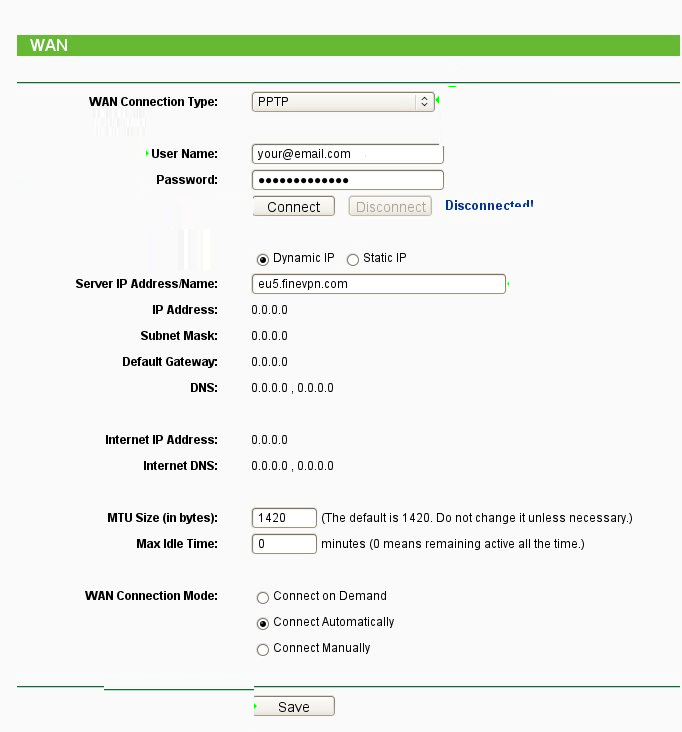
Select the WAN connection type - Now login with your credentials, like username and password.
- Choose Dynamic IP, then type your VPN server hostname & IP address.
- And click on the Save option.
Then launch the VPN service and connect it and check if the VPN is not working issue is resolved or head to the next solution.
6. Disable the Firewall of Your Primary Router
A firewall is available in your router, which can interfere with the operations of the VPN and block it from running, identifying it as a threat. So, it is recommended to disable your router’s firewall and then use VPN to prevent it from getting blocked.
Note: To follow the steps, you require Router’s IP address; if you don’t know the IP address, then read our guide: Find your Router’s IP Address from any Device
Follow the steps given to disable it:
- Launch a browser and enter the Router’s IP address
- Now login with your credentials and search for the Firewall option in the menu.
Note: The steps to go to the Firewall change from router to router.
- D-Link: Click on the Advanced menu and look for Firewall.
- Netgear: Click on the WAN Settings menu and search for the SPI Firewall.
- Linksys: Click on the Security menu and search for the Firewall or SPI Firewall.
If the router you are using is provided by the ISP and has a custom UI, then accessing the firewall settings is restricted. And if you find the access is restricted, you need to contact the ISP for further assistance.
And once the Firewall is disabled, try accessing the VPN to check if the problem still appears or not.
7. Reset Your Router
If none of the fixes works for you, then the router problem occurs due to the corrupted router firmware. In this situation, resetting the router to the default might work for you to fix the issue. But you need to ensure that resetting the router will remove the modified router settings and configurations get deleted, including the username, password, SSID, etc. For resetting the router, follow the steps given:
- Assure your router is powered on and disconnect it from devices like PCs, Laptops, etc. Also, check no other cable is plugged into the router, excluding your power cable.
- Now using the power clip or anything similar, press and hold a reset button available on the back side of the router for a few seconds until the power LED starts flashing.
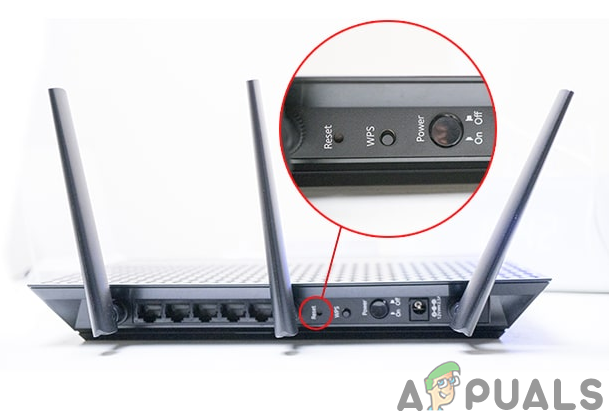
Reset Router - Next, release the Reset button and wait till the router restarts again (the power LED will turn green).
- After that, connect your router to the internet. Next, connect your router to a PC with an ethernet cable. Assure that your PC is not connected to other network connection or WIFI
- Launch the web browser and try to access your router
Now let the router restart, and once the process is done, launch the VPN service and check if the issue is resolved or not.
8. Reinstall the VPN
If none of the methods mentioned above worked for you, try uninstalling and then reinstalling your VPN service, as there can be any new version of the application available, or the final application installation was incomplete or corrupted. To reinstall the VPN application, follow the steps given:
- Click on the start icon and search for Control Panel in the search bar.
- Now click on the Uninstall a program option and search for the VPN service in the list.
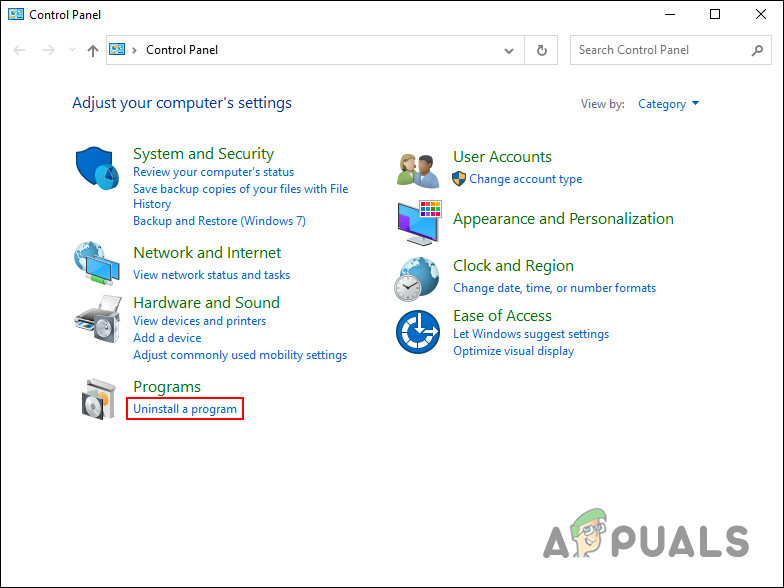
Uninstall a Program - Then right-click on the VPN service and click on the uninstall option.
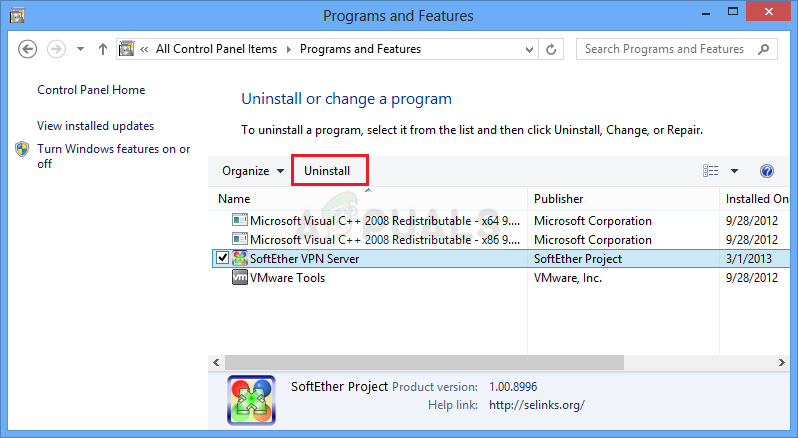
Uninstalling the VPN solution - Follow the instructions and uninstall the VPN application.
- Now download the VPN service from its official website and install it.
- Then launch it and check if the issue is resolved or not.





